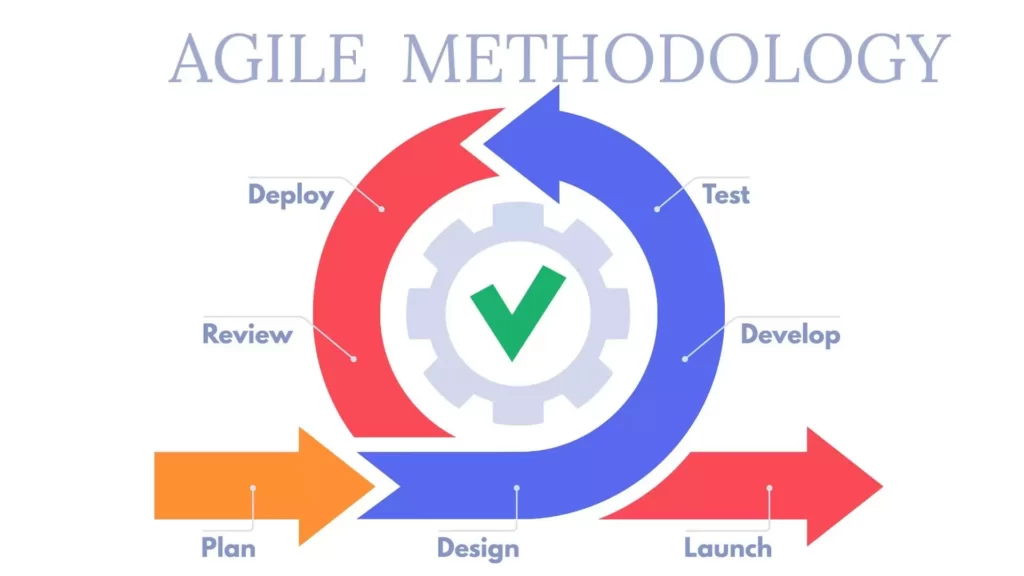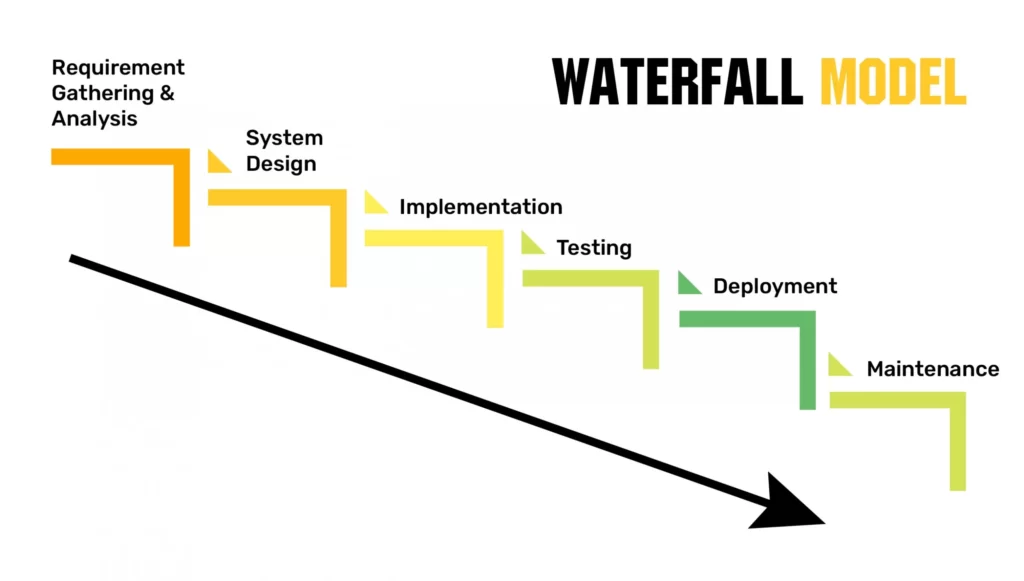


Selecting the most appropriate software development technique is an important part of effective project management. There are many distinct approaches out there, each with its own set of advantages and disadvantages. A look at the most popular approaches to software development and the rationale behind their diversity is provided here.

It is a method of software development that emphasizes adaptability and pragmatics in the final product’s rollout. Because of its emphasis on the timely and error-free delivery of small, incremental software updates as opposed to a unified whole, agile software development often necessitates a change in corporate culture.
Agile’s advantages include an emphasis on the efficient delivery of business value and the capacity to help teams adapt to a changing environment. The efficiency throughout the business is boosted because of the collaborative culture fostered by Agile. Furthermore, because testing is performed continuously throughout the development cycle in Agile software development, firms can rest assured that they are producing a high-quality product, with the flexibility to make adjustments as needed and early warning of possible problems.
The agile development process is used to reduce the possibility of problems (such as errors, cost overruns, and shifting requirements) when implementing new features. All agile approaches have teams create the product in iterations that add small amounts of new features. Scrum, Crystal, Extreme Programming (XP), and Feature-Driven Development are all types of agile development methodology (FDD).

Waterfall relies heavily on up-front planning and documentation of the entire process, from the user interface and user stories through the possible outcomes of each feature. Because the bulk of the investigation is completed upfront, it is possible to more precisely estimate the amount of time needed to fulfill each requirement, leading to a more reliable delivery date. If project parameters change midway through a Waterfall project, it is more difficult to adjust course than with an Agile approach.
The waterfall approach is often regarded as the gold standard in software development. The waterfall model is a strictly linear structure with discrete phases (requirements, design, implementation, verification, and maintenance) that each has its own goals. Before moving on to the next stage, be sure the current one is finished completely. Changing the project’s course or reversing the course is rarely an option.
The Waterfall Development Approach is simple to understand and manage due to Its linear structure. This approach works best for well-defined projects with static requirements. It may be most beneficial for projects with less experienced managers and teams, or for teams whose members are constantly shifting.
The waterfall development method has a reputation for being cumbersome and expensive because of its strict structure and high levels of oversight. These limitations of the waterfall approach may encourage software developers to look into alternatives.

The term “DevOps” refers to both a development technique and a collection of activities that promote a particular company ethos. Implementing DevOps requires a cultural shift that fosters closer cooperation between teams working on different phases of the software creation process, such as those in charge of coding, testing, and releasing.
DevOps aims to reduce the failure rate of new releases, reduce the time between updates, minimize interruption while increasing dependability, and speed up the time it takes to go to market. DevOps teams strive for this by automating continuous deployment to ensure a consistent and seamless process. Companies that embrace DevOps methodologies profit by drastically shortening time to market and enhancing customer happiness, product quality, and employee productivity and efficiency.
Planning, development, implementation, testing, and deployments happen in short bursts or sprints in a DevOps-committed organization. When an app is released, the development team may swiftly collect user input and make any necessary adjustments.
One of the cornerstones of DevOps is early and regular feedback, hence deployments in this method are iterative. A commitment to quality is crucial.
Teams are continuously updated with new information from user and system feedback sources. Information provided by the system may pertain to the functionality of the programme, how well the system is operating, and so on. In-depth testing and monitoring of the application, along with the collection of relevant data, are performed. With the deployment environment’s built-in reporting and logging tools, a continuous feedback loop is possible.